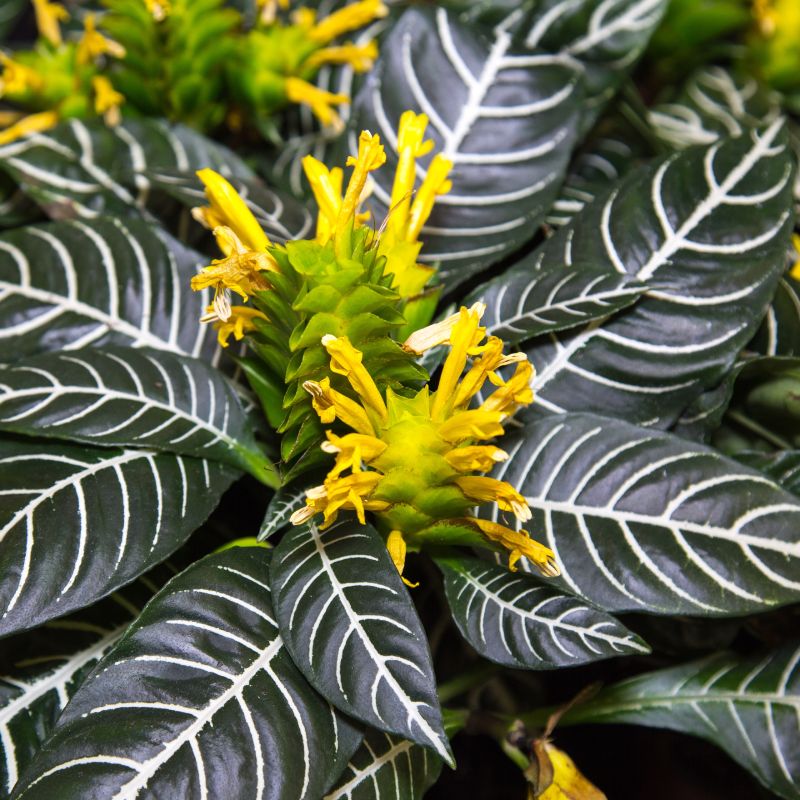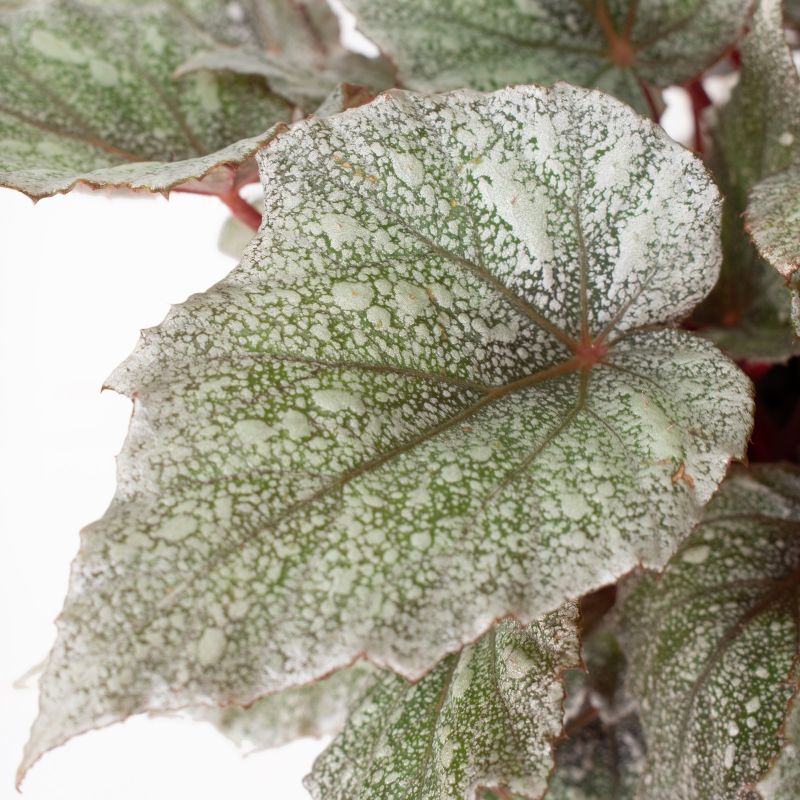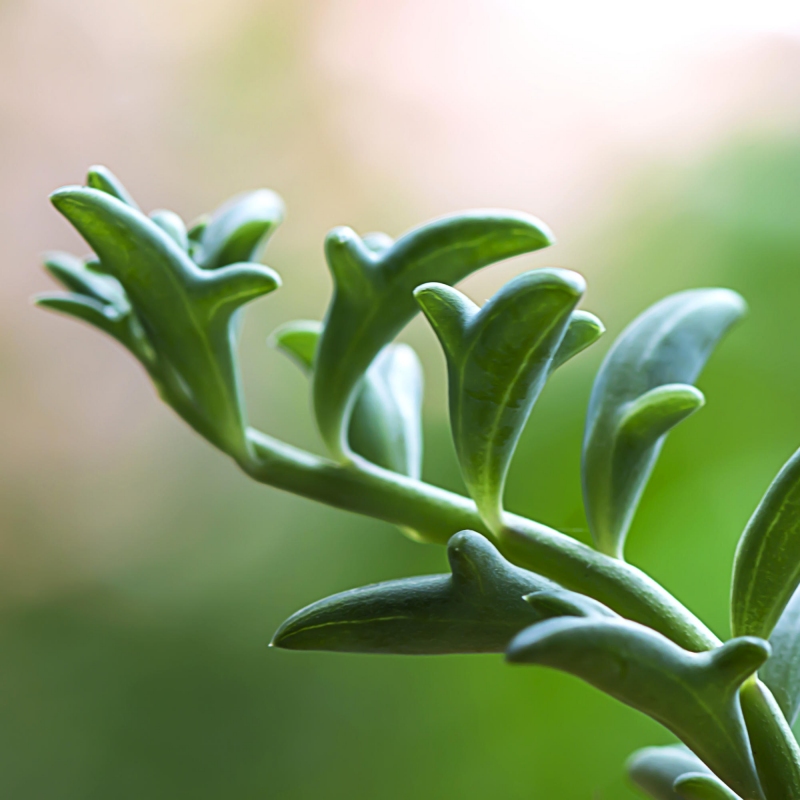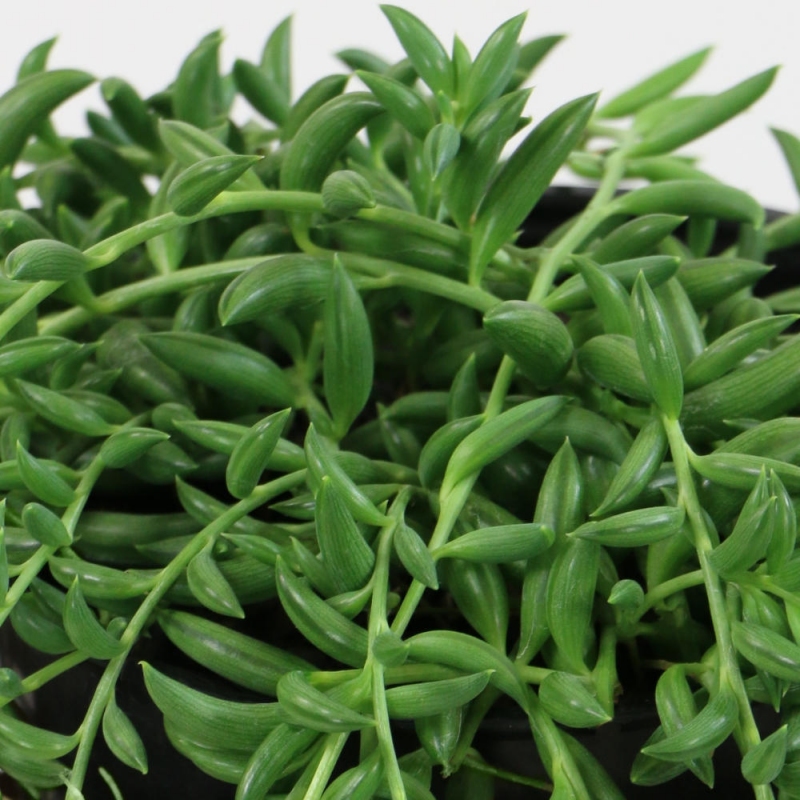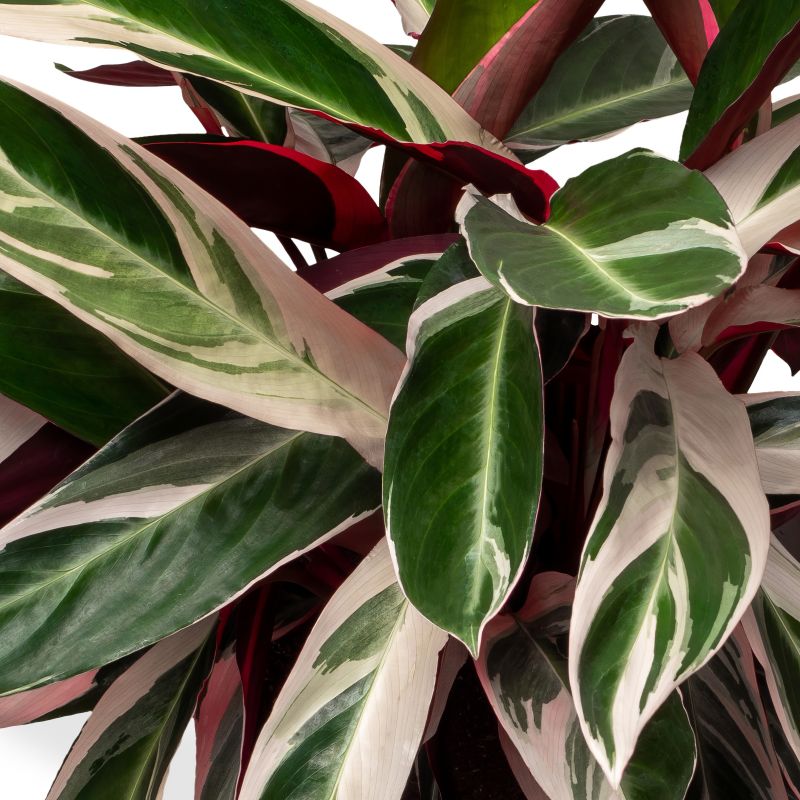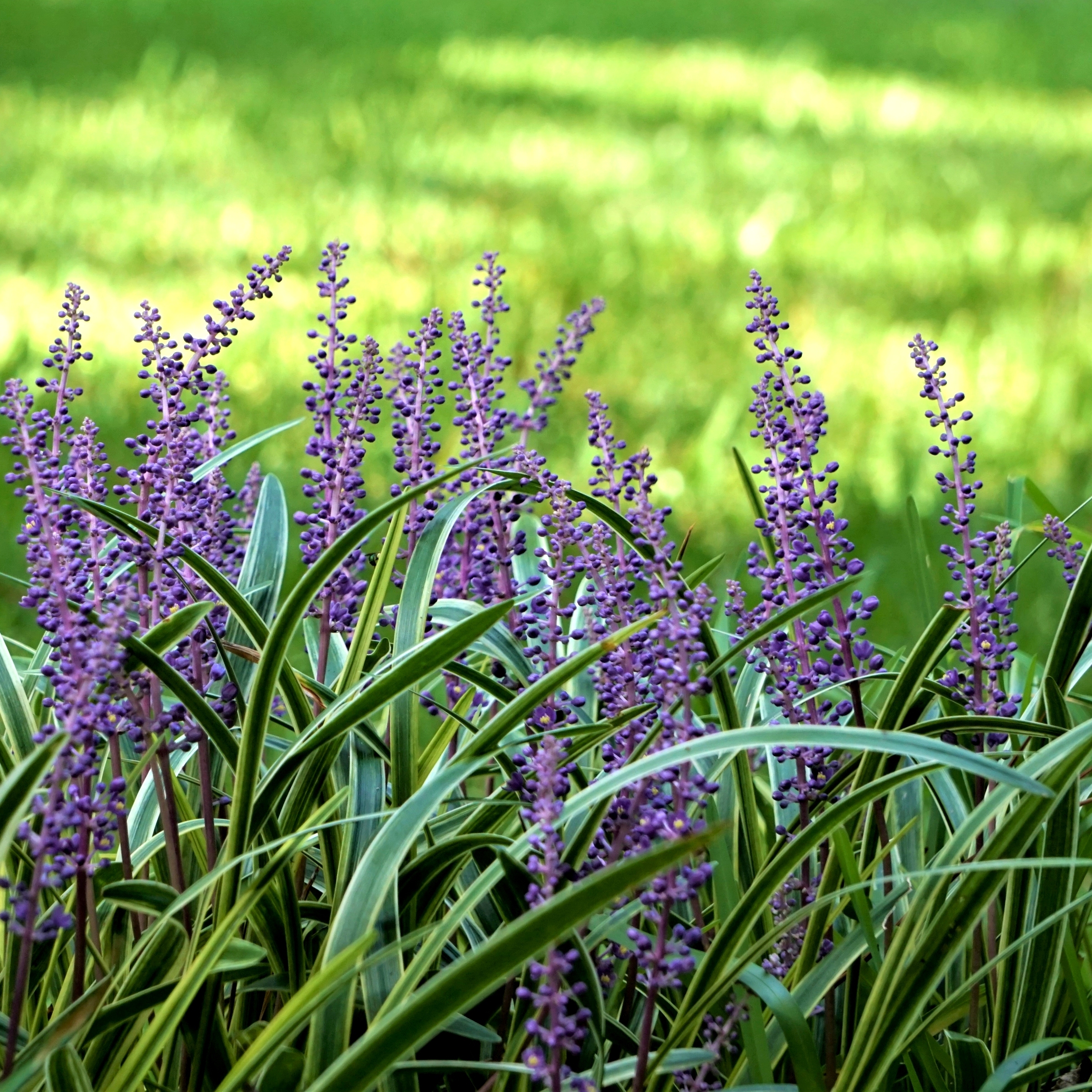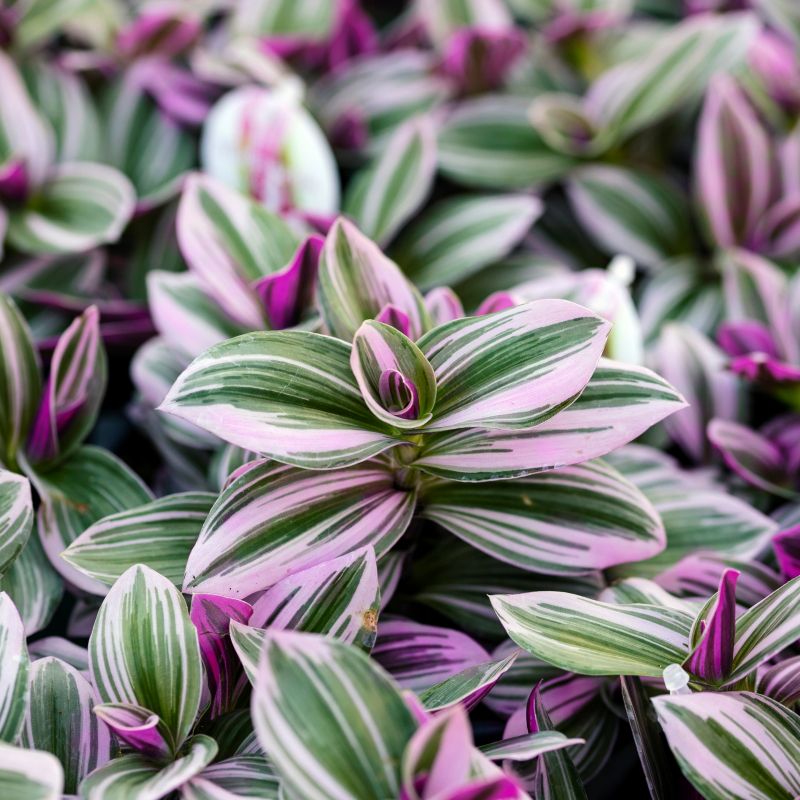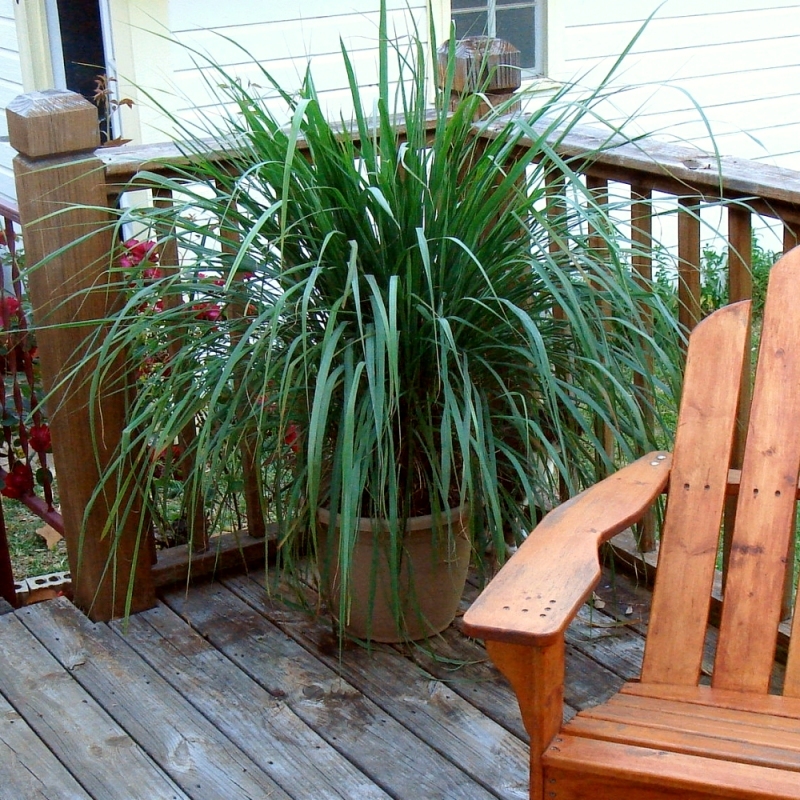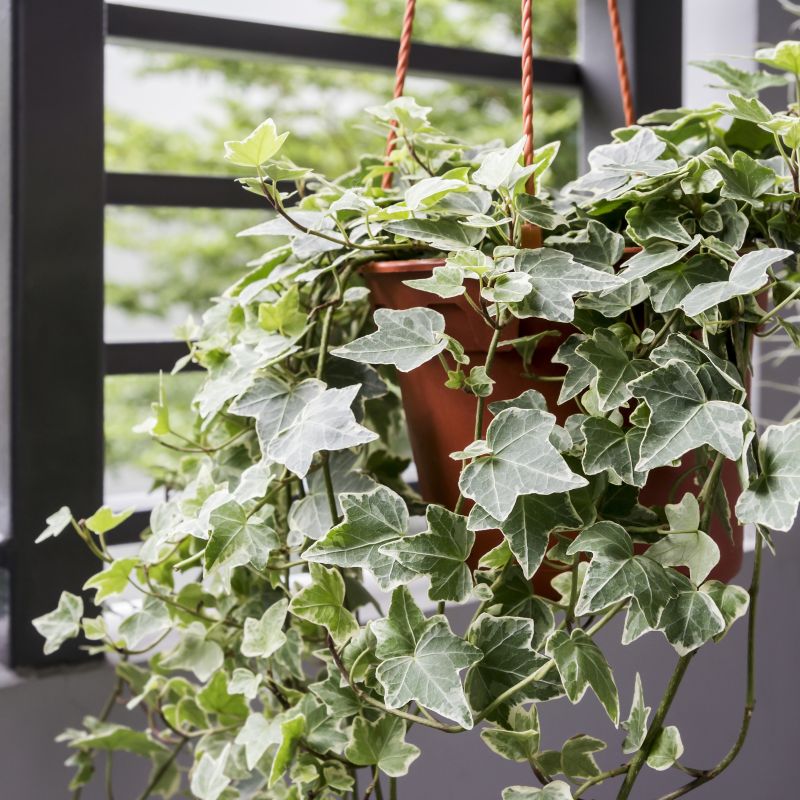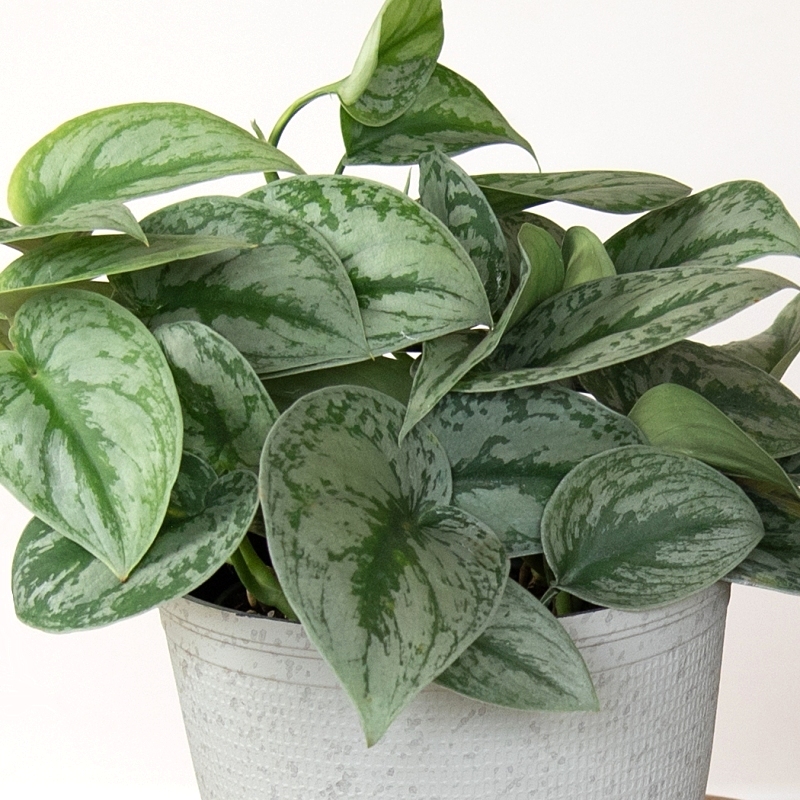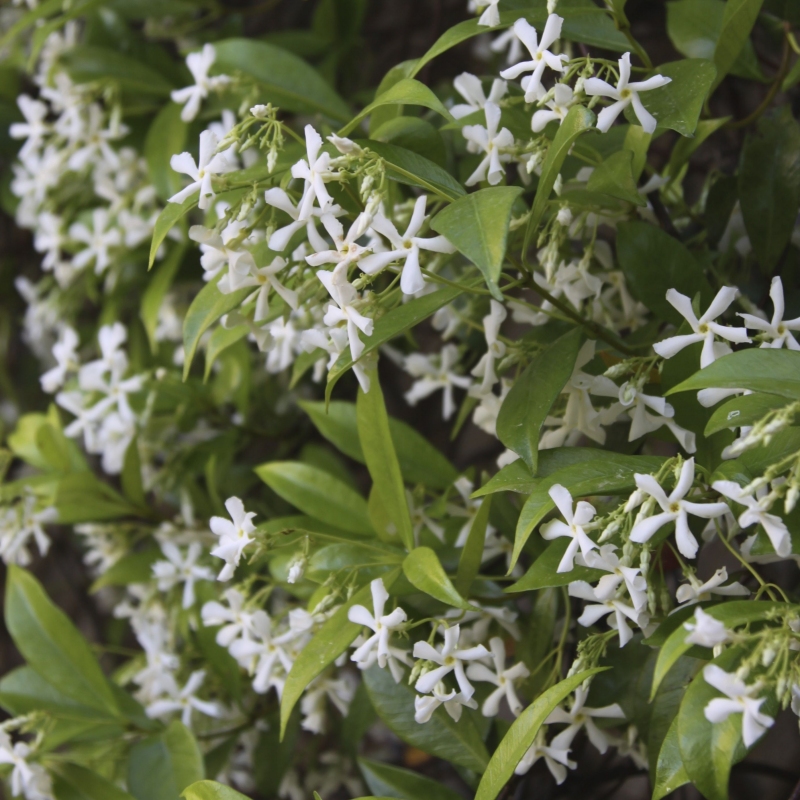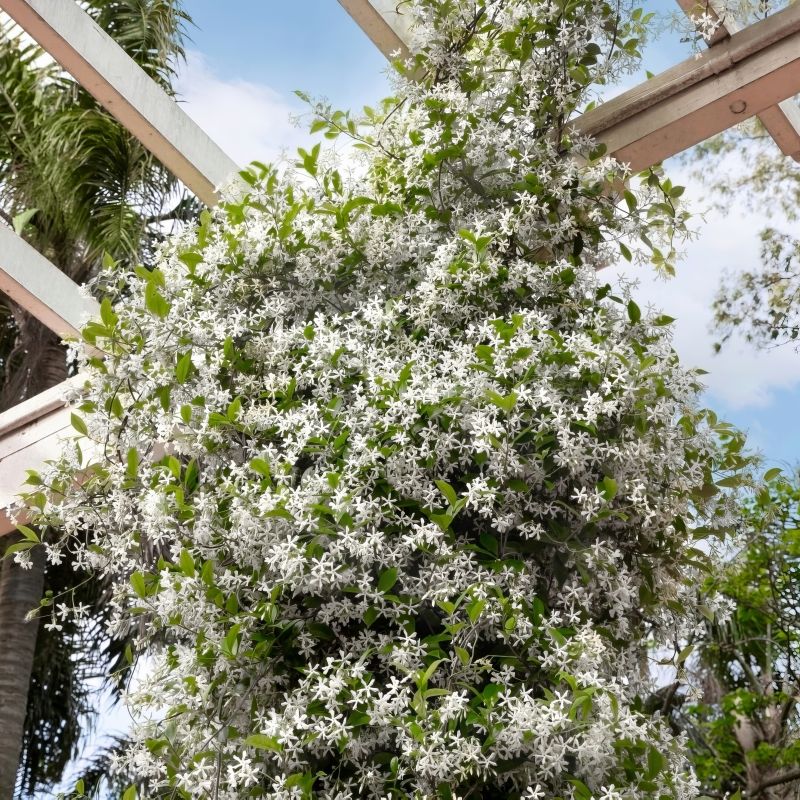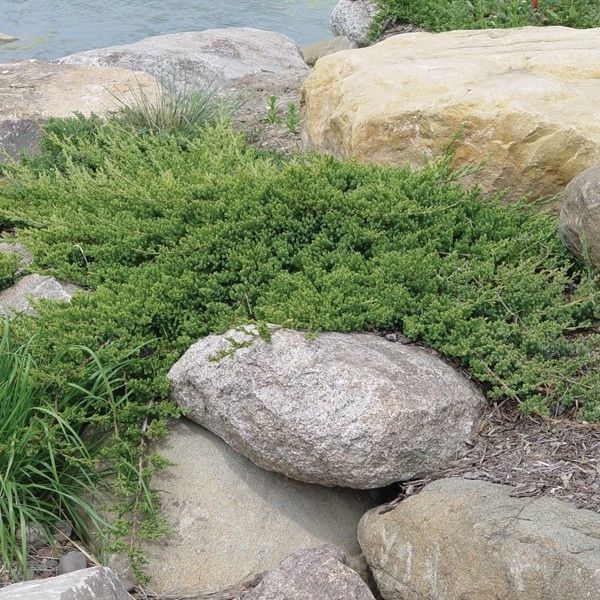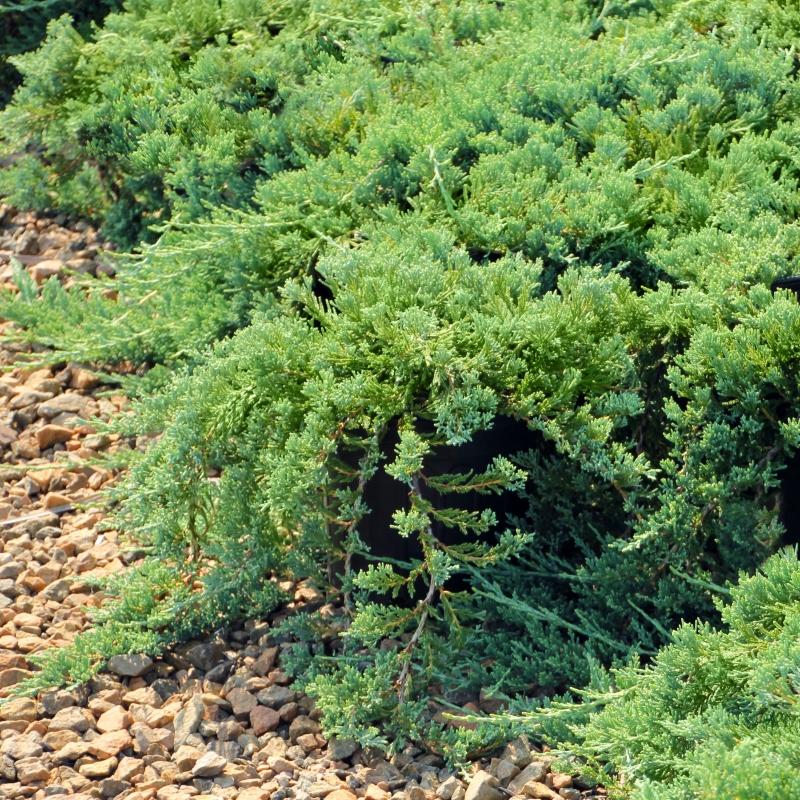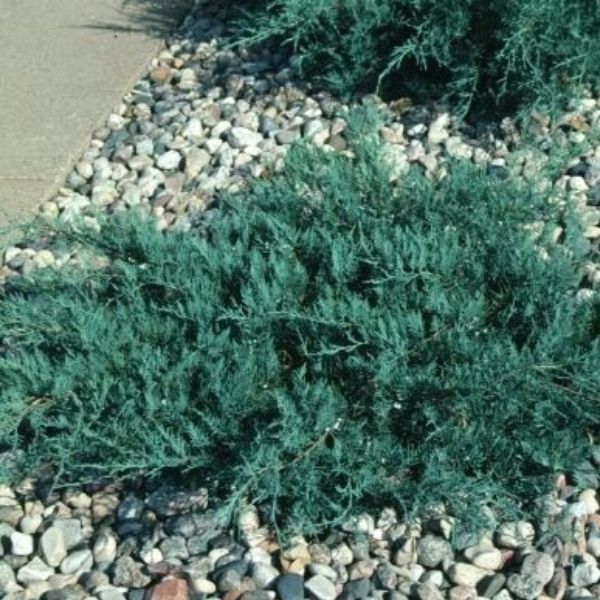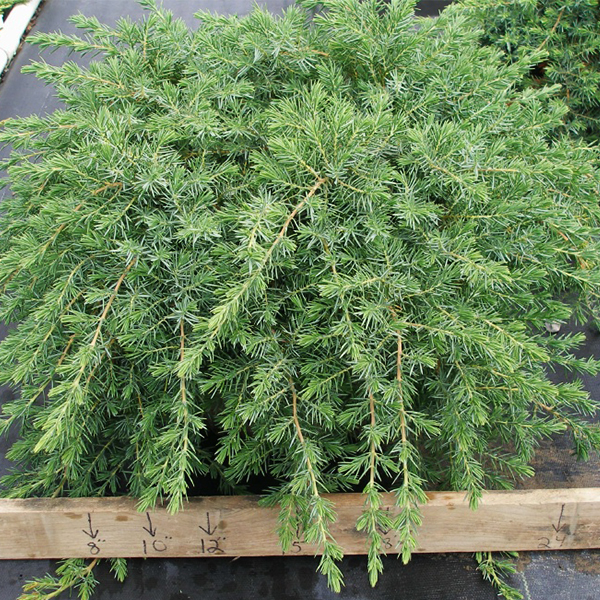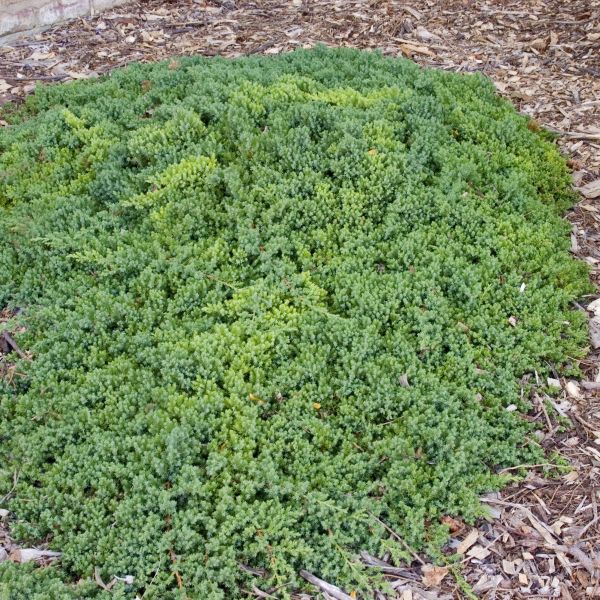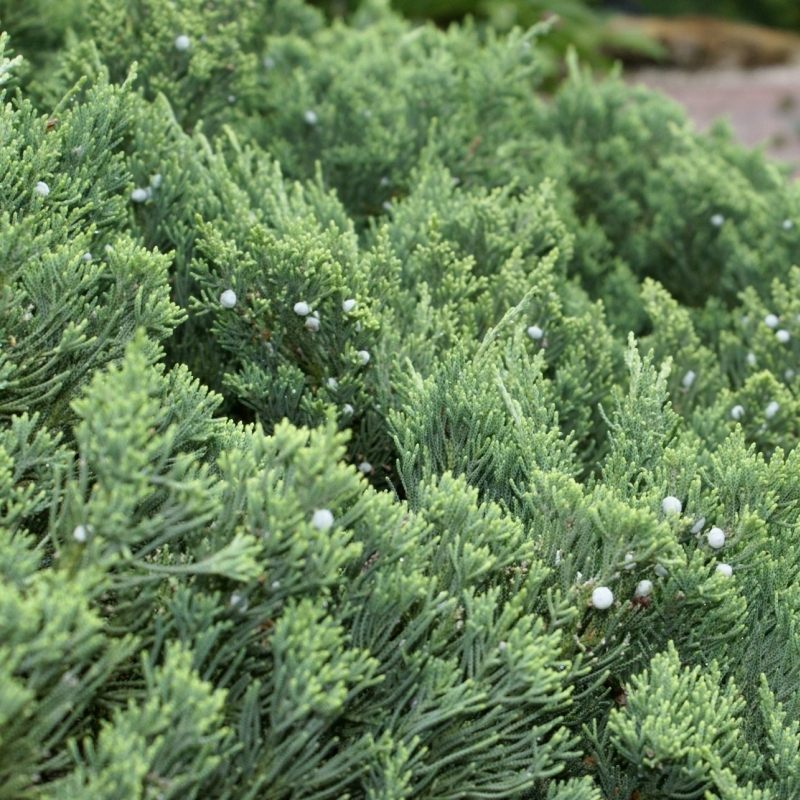

Tassel Fern
Polystichum polyblepharum
16 reviews


Tassel Fern
Polystichum polyblepharum
16 reviews
- Grows well in low light conditions
- Easy to care for and low maintenance
- Unique tassel-like fronds add an interesting texture to indoor spaces
- Ships to in 7-10 Days
- Free Shipping Over $150
- Plant Arrival Guarantee
- In Stock
- Free Plant Consult
$200
$42.00
$61.00
30% Off
1 Gallon
We are sorry, product is currently out of stock due to seasonal availability. Please check the "Related plants available in your area" section below
Why Tassel Fern?
Tassel Fern, also known as Japanese Tassel Fern or Lace Fern, is a popular ornamental plant due to its attractive fronds that resemble tassels or lace. Polystichum polyblepharum is native to Asia and North America, and can thrive in a variety of soils as long as they are well-drained. This fern prefers partial to full shade and is often used in rock gardens, woodland gardens, and as border plants. It is also deer-resistant, making it a desirable option for gardens in areas with high deer populations.
Related plants available in your area
Sunlight
Tassel Ferns require indirect sunlight or partial shade.
Watering
Tassel Ferns have moderate watering requirements. They prefer consistently moist soil, but not overly saturated. It is important to allow the top inch of soil to dry out between waterings to prevent root rot.
Fertilizing
Tassel Fern requires a balanced and mild fertilizer, such as a general-purpose houseplant fertilizer, applied at half strength every two to four weeks during the growing season.
Meet your new garden favorite! The Tassel Fern - an exotic and captivating fern for your garden! This extraordinary plant features unique, fringed fronds that resemble tassels, adding a touch of elegance and intrigue to any landscape. The Tassel Fern thrives in shade or partial shade and well-draining, moist soil, making it an excellent choice for gardens with low light or areas with high humidity. It is hardy in USDA hardiness zones 6-10.
Low-maintenance and easy to care for, the Tassel Fern only requires occasional watering and will flourish with regular misting to maintain humidity. Its striking fronds make it a perfect choice for container plantings, rock gardens, or as a fascinating focal point, lending a touch of exotic beauty to any landscape design.
Not only does the Tassel Fern offer aesthetic appeal, but it also attracts a variety of wildlife, including birds and small mammals. Its dense foliage provides nesting sites and shelter, making it an essential component of any natural habitat.
Fun fact about The Tassel Fern! It's native to regions such as New Zealand and Australia and belongs to the genus Huperzia, which contains over 400 distinct species of ferns. It is also known as the "Squirrel's Foot Fern" due to the unique shape of its fronds, resembling squirrel paws.
Its fringed fronds, easy maintenance, and ability to attract wildlife make the Tassel Fern a must-have for any gardener looking to add a touch of exotic allure and ecological vitality to their outdoor space.
Plant Information:
| Botanical Name: | Polystichum polyblepharum |
| USDA Zones: | 6-8 |
| Water: | Moderate & Adaptable |
| Exposure: | Full Shade |
| Soil Needs: | Well Drained |
| Mature Height: | 18 - 24 inches |
| Mature Spread: | 18 - 24 inches |

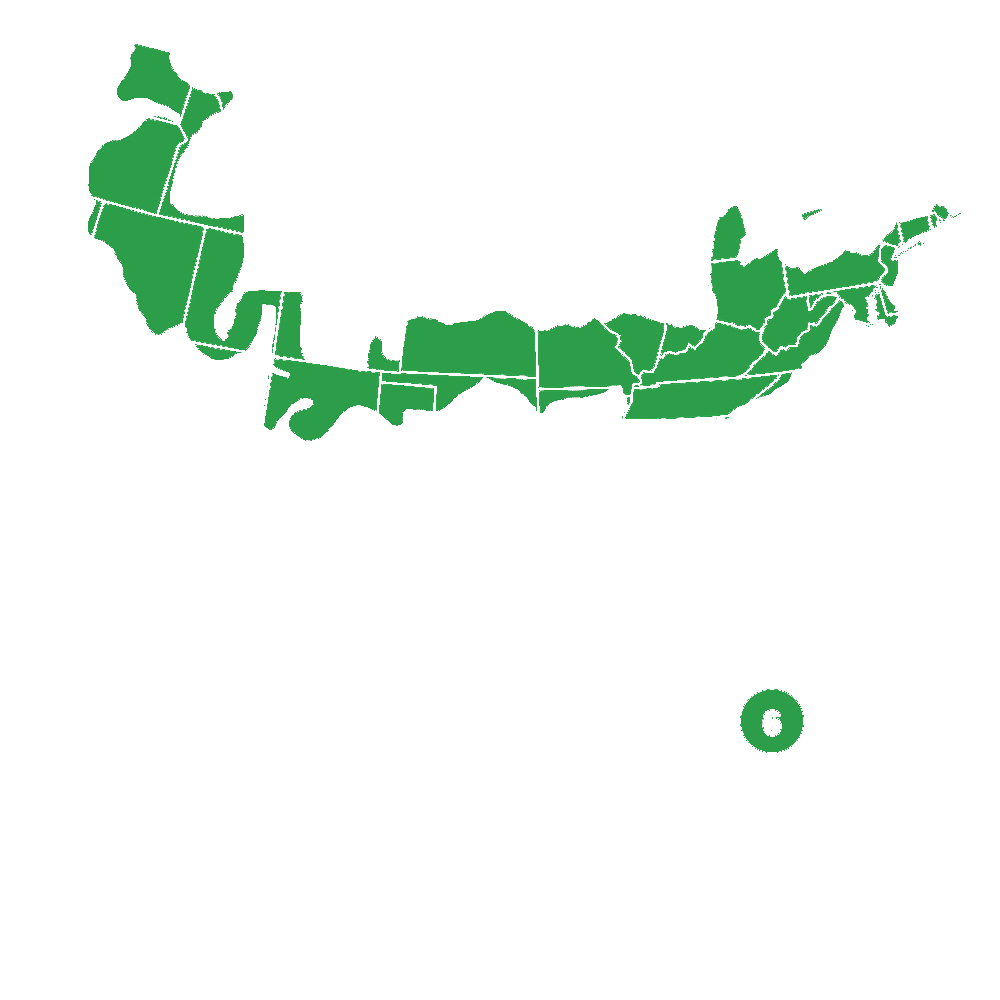
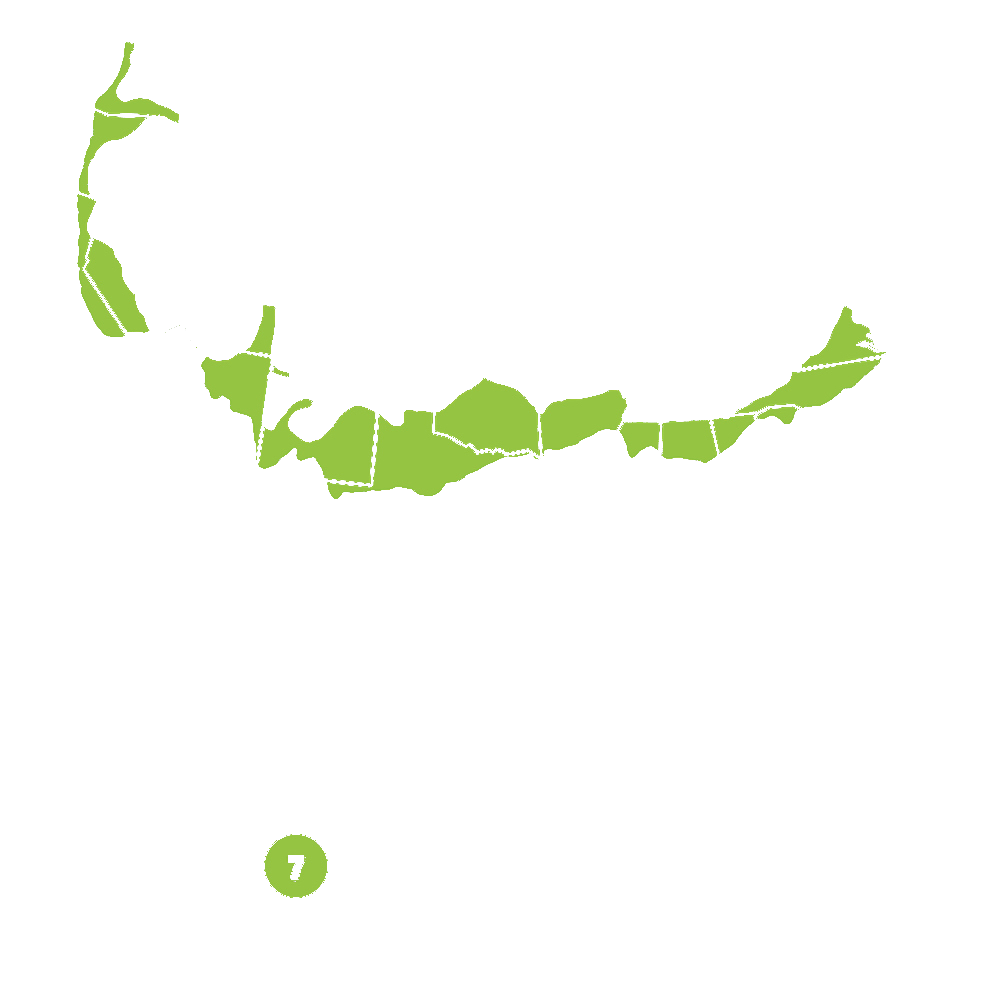
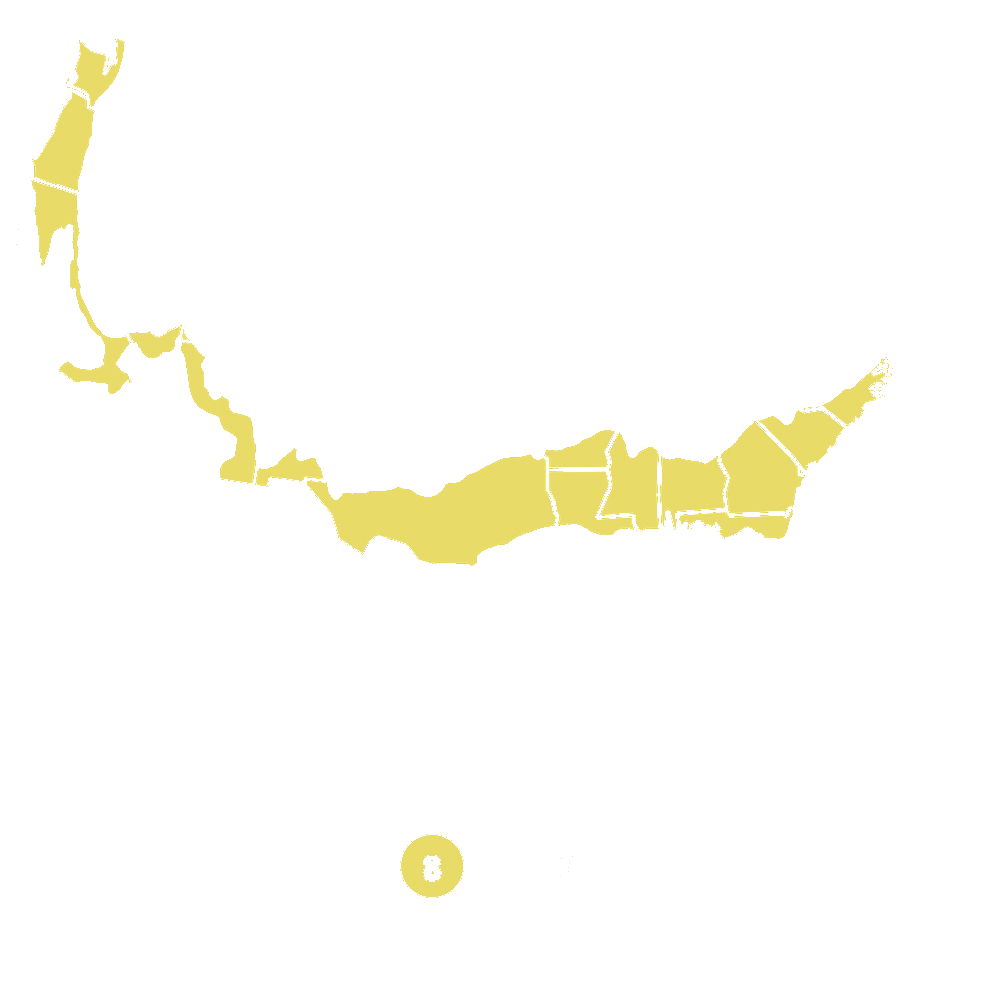
Pollination Info
Pollination Information for Tassel Fern (Polystichum polyblepharum)
Tassel Ferns (Polystichum polyblepharum) are known for their beautiful tassel-like fronds and thrive well in shady, moist areas. As ferns do not have flowers, pollination in Tassel Ferns occurs through spores.
The tassel-like fronds of Tassel Ferns produce structures called sori that contain spores. These spores, borne on the undersides of the fronds, are produced in clusters and covered by a protective flap of tissue called the indusium. The spores can be released and scattered by the wind or water and disperse to new areas to grow and develop into new Tassel Ferns.
As the spores are microscopic and not visible to the naked eye, the process of pollination in Tassel Ferns is not noticeable to most observers.
It is important to note that while Tassel Ferns thrive in shady areas, they still need some sunlight for photosynthesis, and hence, should not be planted in completely dark places.
FAQ
Tassel Fern (Polystichum polyblepharum) FAQ
What is a Tassel Fern?
A Tassel Fern (Polystichum polyblepharum) is a species of evergreen fern native to Asia and Europe. It is also commonly known as the Japanese Tassel Fern or Lace Fern.
What are the characteristics of a Tassel Fern?
A Tassel Fern has fronds (leaves) that grow in a circular fashion, with each frond reaching a length of up to 60cm (24in). The fronds are pinnate (feathery) and have dark green, glossy foliage. The stalks of the fronds are a deep brown colour and have a fine, hairy texture. The plant can grow up to 60cm (24in) in height and 90cm (36in) in width.
How do I care for a Tassel Fern?
A Tassel Fern prefers a well-draining soil that is rich in organic matter, and a partially shaded area with high humidity. It is important to keep the soil consistently moist, but not waterlogged. They are hardy plants that can withstand temperatures as low as -10°C (14°F). Pruning the fronds in the spring can help keep the plant looking healthy and well-managed.
How do I propagate a Tassel Fern?
A Tassel Fern can be propagated through division in the early spring. Gently dig up the plant and carefully divide the root ball into smaller sections. Replant the smaller sections in new pots or in a different location in the garden.
What are the benefits of having a Tassel Fern in my garden?
A Tassel Fern can add a lovely textural and visual element to a garden, as well as improve air quality by filtering pollutants from the air. Additionally, ferns are known for their ability to absorb excess moisture and pollutants from the soil.
Planting & Care
Planting Tassel Fern
Tassel ferns require acidic soil and plenty of shade. Choose a site that receives partial to full shade and has well-draining, moist soil. If necessary, amend the soil with peat moss to increase acidity and improve drainage.
When planting, dig a hole slightly larger than the root ball of the fern and place it in the hole. Ensure that the top of the root ball is level with the soil surface. Fill the hole with soil and tamp down gently to remove any air pockets. Water thoroughly.
Caring for Tassel Fern
Maintain moist soil around the fern at all times. Water frequently during hot and dry periods.
Apply a balanced, slow-release fertilizer in the spring to promote healthy growth. Follow instructions on the fertilizer package for proper application rates.
Remove any dead or damaged fronds as they appear to encourage new growth and improve the plant's appearance.
In areas with harsh winters, cover the fern with a layer of mulch or leaves to protect it from frost damage.
Check Out These Verified Customer Reviews:
Customer Reviews
4.7 out of 5 based on 16 reviews
Thank you! Your review has been submitted.
Fast shipping, received in perfect condition.
Great quality fern, slightly smaller than expected.
Arrived in perfect condition. Very healthy plant.
Item has been added to your cart.






